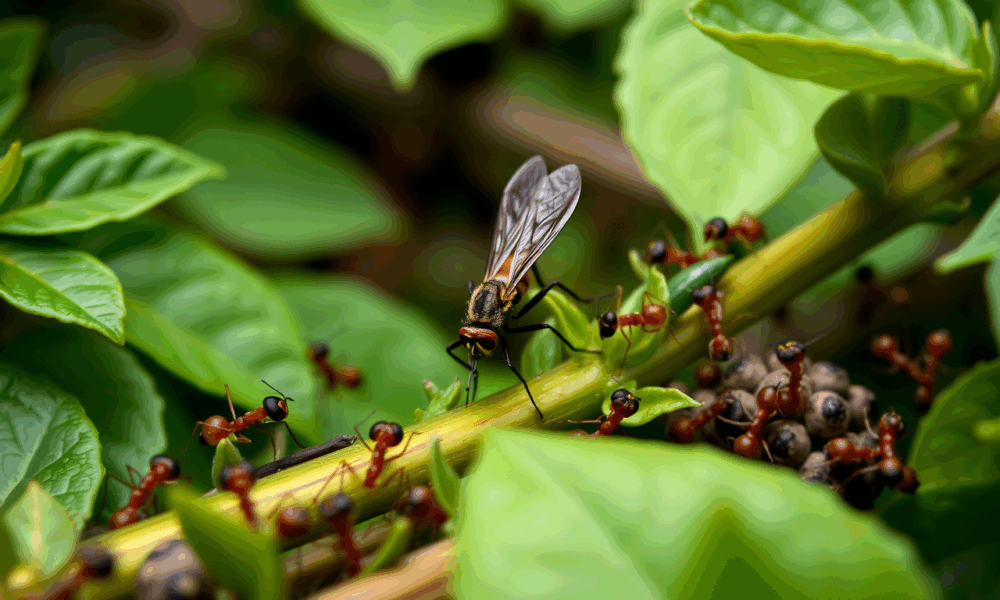


In a Puerto Rican coffee farm, researchers uncovered a web of chaotic interactions between three ant species and a predator fly, revealing how shifting dominance patterns...
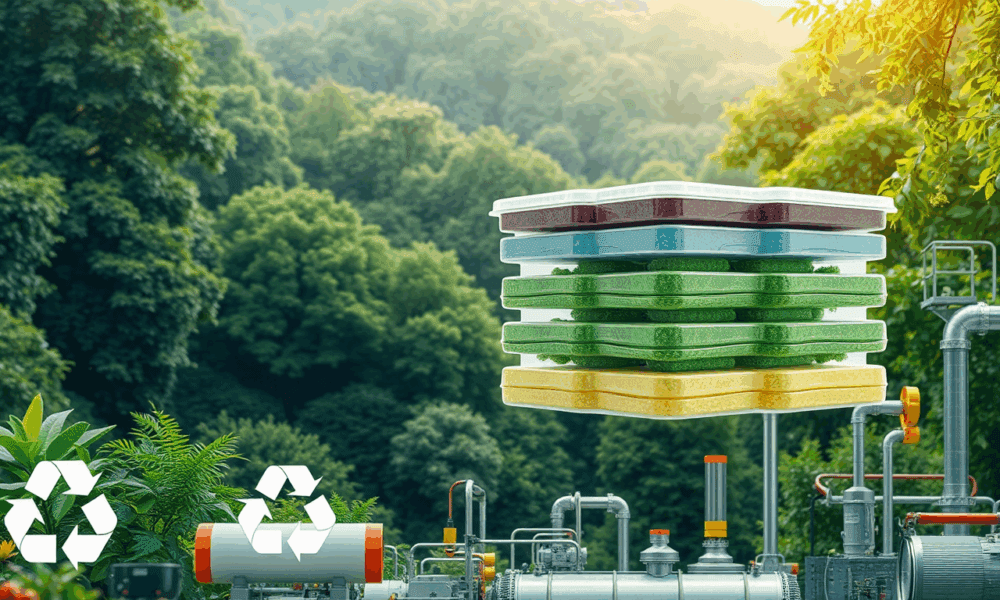
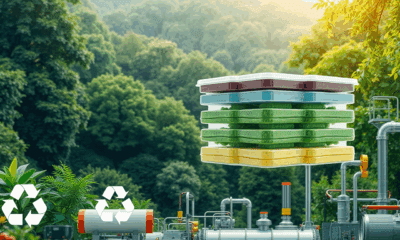

Plastic pollution is a mounting global issue, but scientists at Washington University in St. Louis have taken a bold step forward by creating a new bioplastic...
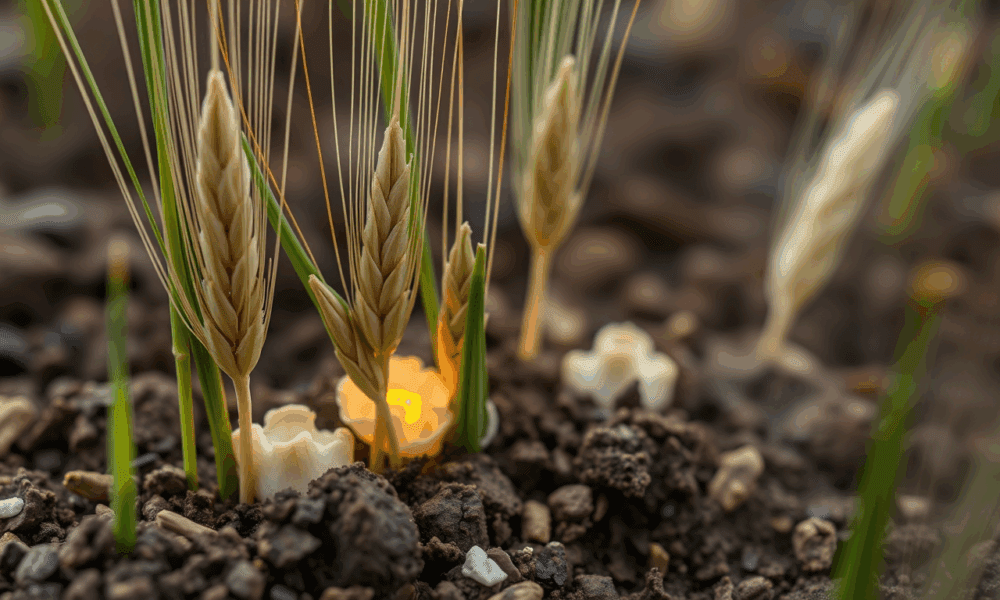
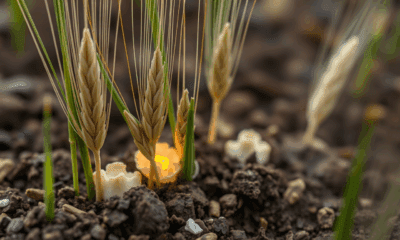

Scientists have discovered that pairing bread wheat with a special soil fungus can significantly enhance its nutritional value. This partnership leads to bigger grains rich in...



A scorching marine heatwave from 2014 to 2016 devastated the Pacific coast, shaking ecosystems from plankton to whales and triggering mass die-offs, migrations, and fishery collapses....



Dogs trained by everyday pet owners are proving to be surprisingly powerful allies in the fight against the invasive spotted lanternfly. In a groundbreaking study, citizen...



A laser-equipped research platform has, for the first time, photographed airflow just millimeters above ocean waves, revealing two simultaneous wind–wave energy-transfer tricks—slow short waves steal power...
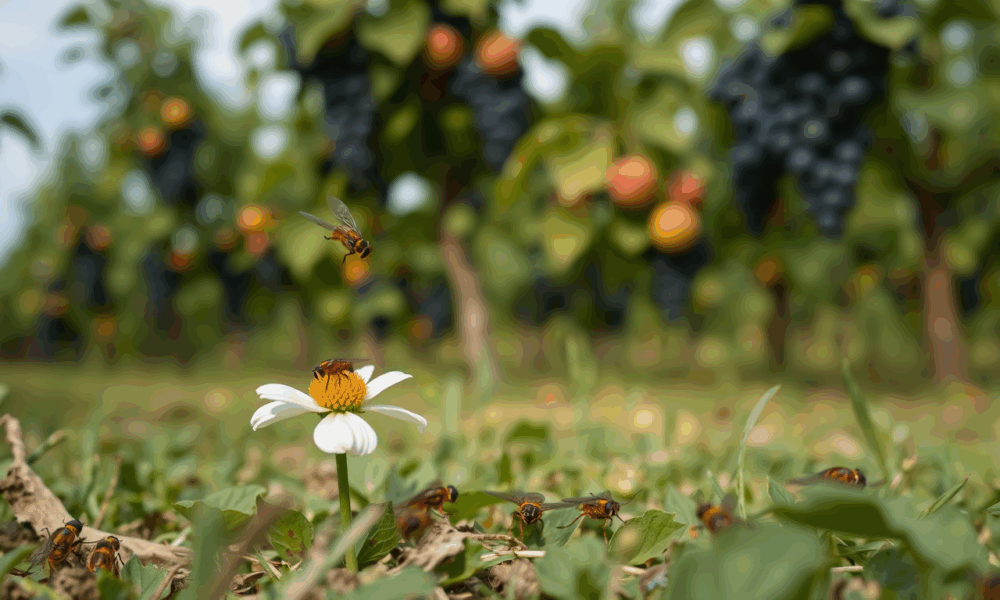


Macquarie University researchers reveal that chlorothalonil, still commonly sprayed on American and Australian produce, cripples insect fertility by more than a third at residue levels typically...
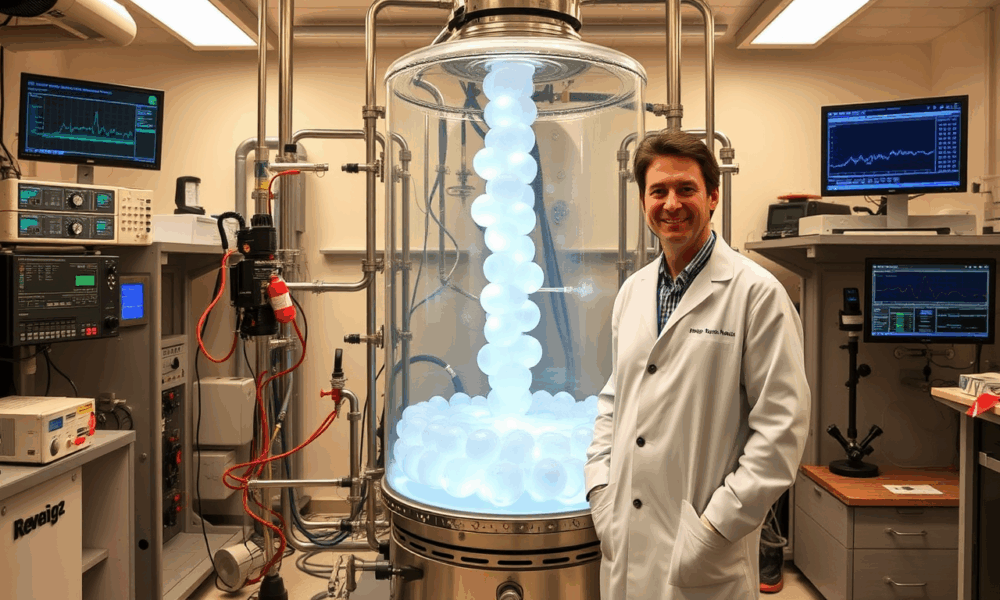
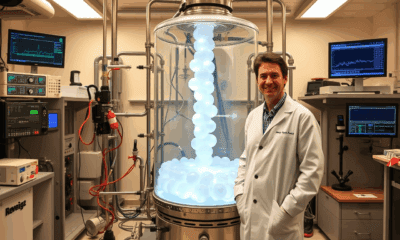

A Rice University team discovered that bubbling CO₂ through a mild acid dramatically improves the lifespan and efficiency of electrochemical devices that convert CO₂ into useful...

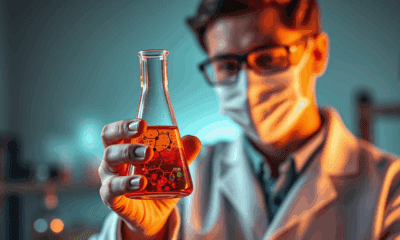

Researchers at Colorado State University have developed a new photoredox catalysis system that uses visible light mimicking photosynthesis to drive energy-intensive chemical reactions at room temperature....



Researchers at ETH Zurich have developed an astonishing new material: a printable gel that’s alive. Infused with ancient cyanobacteria, this "photosynthetic living material" not only grows...